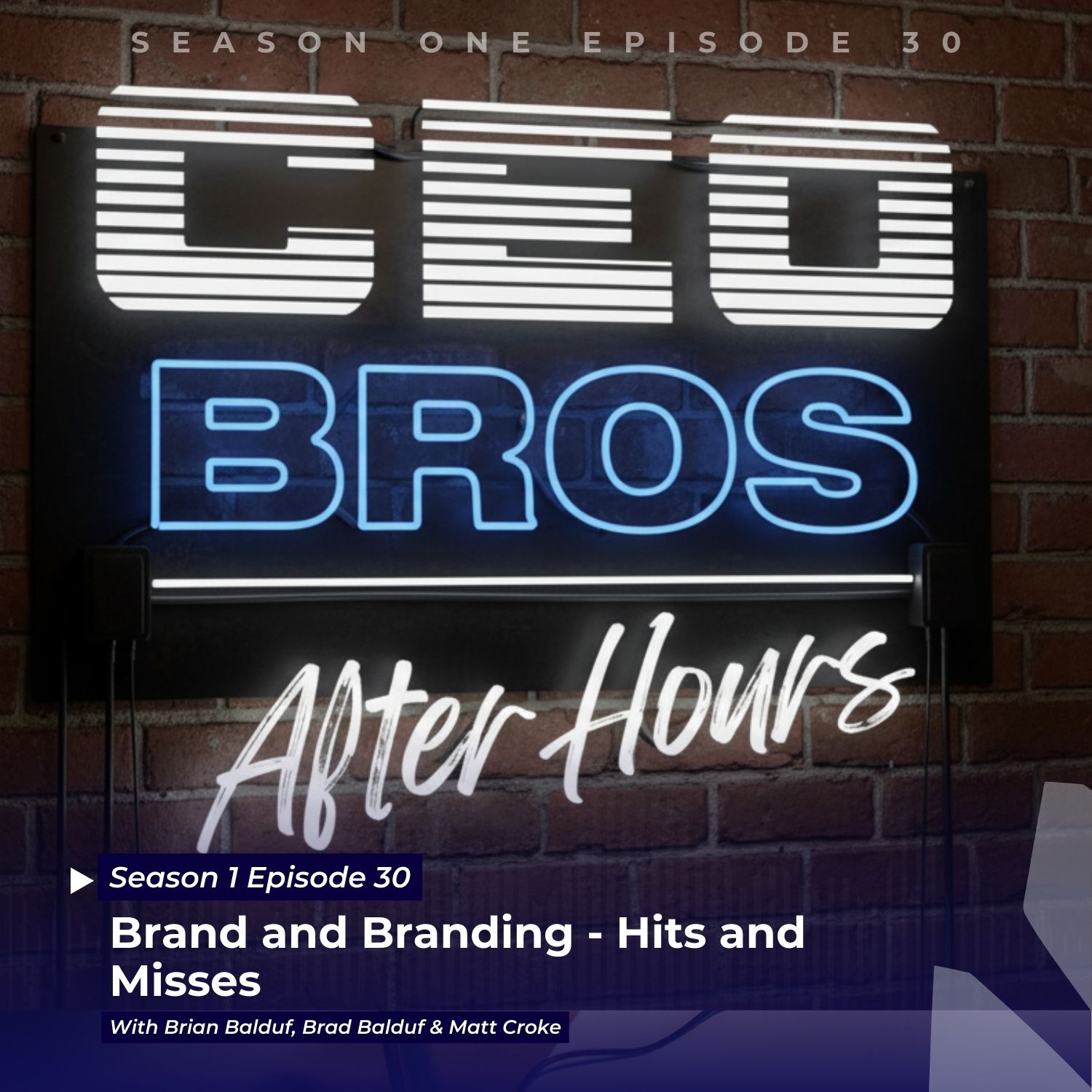Brand and Branding S1 EP 30


Brand vs. Branding: A Critical Distinction
Have you ever seen a new company logo and thought, “What were they thinking?” Or, maybe a long-standing brand suddenly changed its look, sparking outrage from loyal customers. This happens because many companies—and customers—don’t understand the difference between a brand and branding.
A brand is who you are at your core. It’s the space you own in your customers’ minds, their experience with you, and what they think about your company. Branding is how you communicate that core identity. It includes your logo, colors, taglines, and marketing materials. A lot of companies mess with their branding, trying to freshen up their image, but what they really need to be doing is examining their brand.
The recent controversy surrounding a well-known country store is a perfect example. While a new logo and modern interior design were meant to attract a younger audience, they ended up alienating long-time customers because the company was perceived as moving away from its core identity as a nostalgic, country-style restaurant. This highlights the danger of changing your branding without staying true to your brand.
The Power of an Authentic Brand
Some brands are so powerful that their logos alone are instantly recognizable and evoke a specific feeling. The Nike swoosh, for example, is more than just a checkmark; it represents professional athleticism and the famous “Just Do It” tagline. Similarly, the Amazon smile isn’t just a design; it symbolizes quick, convenient, and easy service. These companies spent years building a core brand identity before their branding became iconic.
Some businesses have an advantage when their brand and branding are in perfect sync from the very beginning. Take the case of an autism therapy service. The founder designed a logo of two figures standing side-by-side, which perfectly symbolized the company’s mission of being “by your side” for families. The imagery was so strong that it immediately conveyed the brand’s commitment and compassion. This kind of authentic connection is what gives a brand its staying power.
The Challenge of Relevance: When to Pivot
Every business must decide when to adapt and when to hold firm to its identity. Many companies have gone out of business because they refused to change. Think of once-dominant movie rental chains that didn’t see streaming coming, or traditional movie theaters and bowling alleys that failed to modernize.
However, a successful pivot is not just about adopting new technology; it’s about being prepared for the future. As a CEO, you have to be constantly thinking strategically about what’s next. A great example of this is the CEO who, years ago, knew that streaming was the future and made the risky decision to pivot his DVD mailing business. His stock initially plummeted, but he was building his brand around a future where convenience and streaming were king. The move was a massive success because he understood his brand was about providing entertainment, not just renting movies.
Whether you’re starting a new business or re-evaluating an existing one, a strong brand is one of your most valuable assets. It’s not something to be taken for granted. Take the time to define who you are, what you stand for, and what your customers value most. Only then can you create branding that truly represents you.
